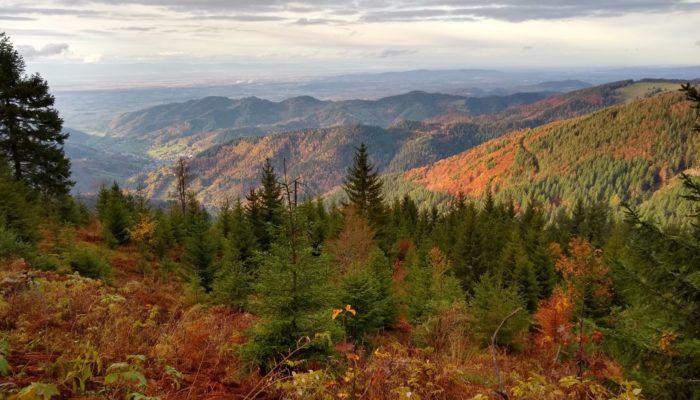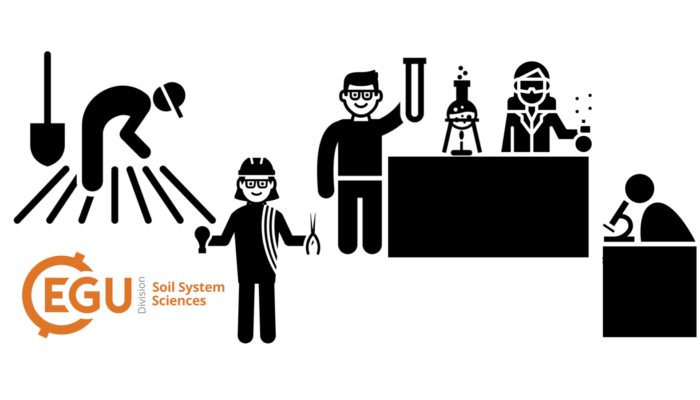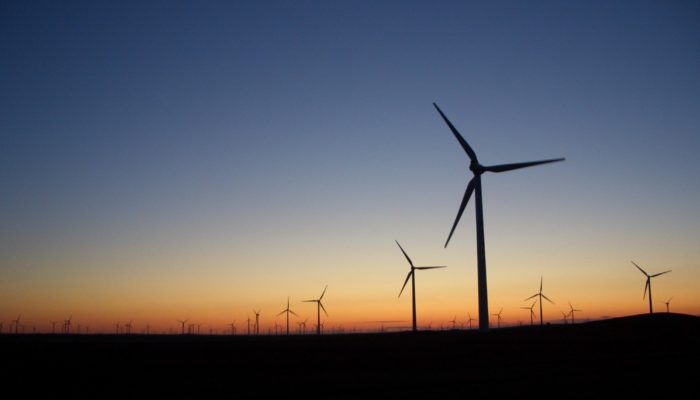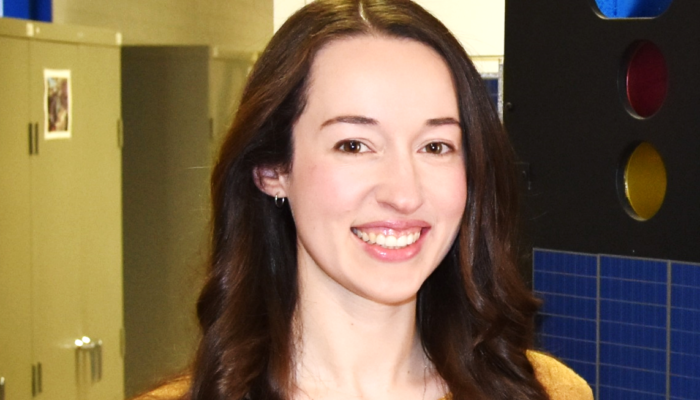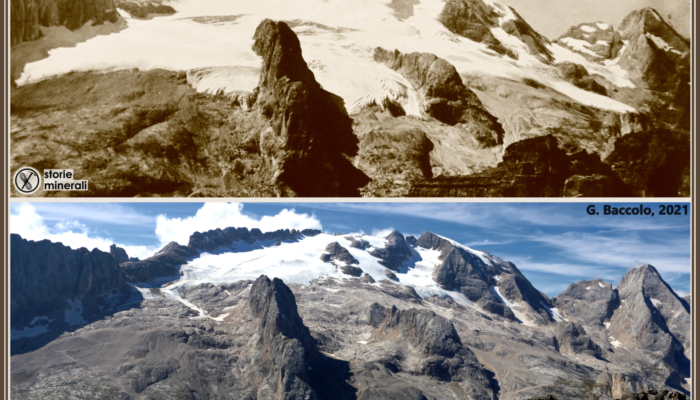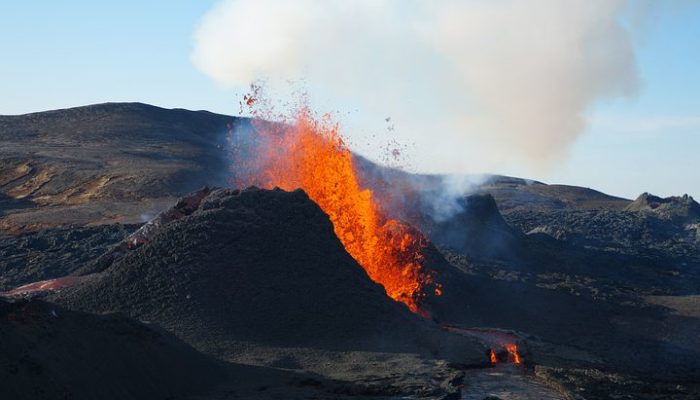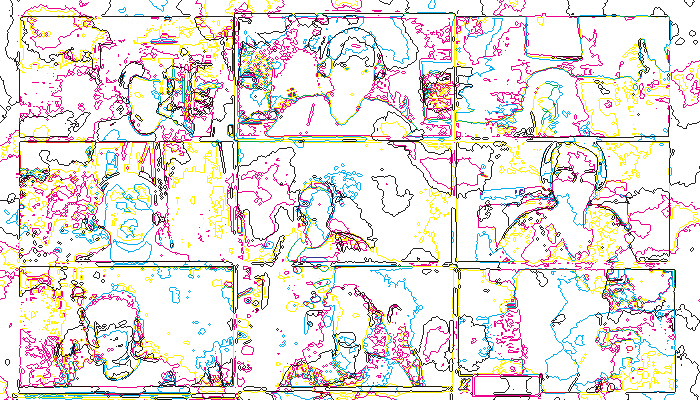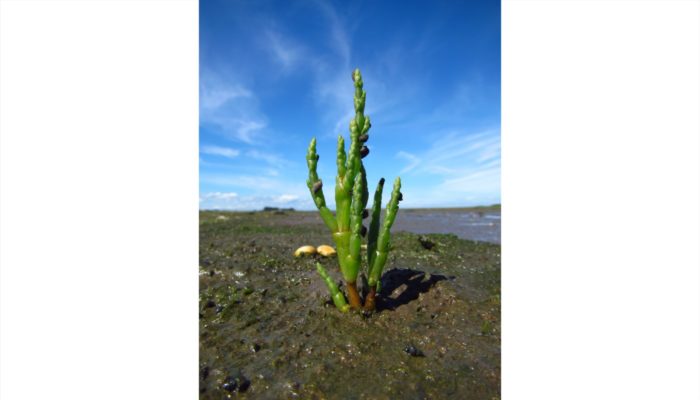Biodiversity is an essential component of life on Earth and of human society, and is now a primary focus area of the European Union with the EU’s Biodiversity Strategy for 2030 launched in 2020 as part of the European Green Deal. The Biodiversity Strategy has some extremely ambitious targets that will require new legislation and processes in a multitude of different areas that are related to the g ...[Read More]
Cryospheric Sciences
Women of Cryo V: Women and Glaciers in the Chilean Andes (Part I)
Women make up 50.8% of the worlds population, yet fewer than 30% of the world’s researchers are women. Of this percentage, BAME (Black Asia and Minority Ethnic) comprise around 5%, with less than 1% represented in geoscience faculty positions. The divide between women in the population and women in STEM needs to be addressed. Through a series of blog posts we hope to raise the voice of women in th ...[Read More]
Soil System Sciences
The importance of our SSS (…Soil Support Staff!) #9
As we edge ever closer to the end of the year, here at EGU SSS, we are busy preparing for another excellent exhibition of soil science at next year’s EGU General Assembly. (Don’t forget to submit your abstracts by 12th January 2022). Of course, very little soils research could take place without the work carried out by technicians, laboratory assistants, and research support staff. Thi ...[Read More]
GeoLog
Imaggeo On Monday: New view on the Silk Road
When we were following the route of the Silk Road and heading to the Xinjiang province of China, this was what we saw. The large scale wind power plant brought some hope to this very old road. Hope that with all other renewable energies, it can become an answer to our sustainable future. Description by Wenzhu Hou, after the description on imaggeo.egu.eu. Imaggeo is the EGU’s online o ...[Read More]
GeoLog
GeoTalk: Meet Noel Baker, science-for-policy advocate and member of the EGU Policy Working Group!
Hello Noel, thanks for joining us today! Could you tell us a little about yourself before we dive in? Thank you so much for having me, Simon! I’m an American climate scientist currently working in Brussels as a project manager at the Royal Belgian Institute for Space Aeronomy. I finished my Ph.D. in 2013 with a project that focused on understanding how well global climate models produce rainfall a ...[Read More]
Cryospheric Sciences
Climate change and the Cryosphere – With ice we are also losing a piece of our cultural heritage: a glaciologist’s perspective
Glaciers are shrinking and disappearing in many regions of the Earth. Did you know? I am joking of course. We are flooded with news talking about this. The decline of glaciers has manifold and severe consequences and is one of the most powerful icons of climate change. Here I want to talk a little bit about one of the less talked about impact of glacier decline: the loss of culture and knowledge r ...[Read More]
Geochemistry, Mineralogy, Petrology & Volcanology
GMPV for Sustainable Development – Geohazards and Volcanic Monitoring
GMPV and The Sustainable Development Goals In 2015 all United Nations Member States adopted a set of Global Goals, as a universal call to protect our planet, end poverty and ensure that all people can enjoy peace and prosperity. These are called the Sustainable Development Goals – 17 integrated goals aimed at addressing the challenges our society is currently facing considering social, economic, a ...[Read More]
Hydrological Sciences
Vienna or not Vienna? On the way to #EGU22
The EGU Programme committee (PC) usually meets several times in a year to prepare the EGU General Assembly (GA). In these “virtual” times, they have met even more than usual, as more issues have to be discussed and reflected upon: hybrid format, accessibility, fees and registration rates, travel support, education, outreach, communication, side events, etc. The PC meeting dedicated to finalize the ...[Read More]
GeoLog
Imaggeo On Monday: The tree that gave birth to a forest
This 10 centimetre giant is a pioneer of marine conquest. All summer, glassworts (Salicornia europaea) will be rhythmically swept by the tide, gradually trapping seaborne sediment on the shores of Aberlady Bay in Scotland. The resulting elevation of the mudflat marks the start of a race of growth against waves, currents and sea level rise, eventually leading to the development of a salt marsh. How ...[Read More]
Natural Hazards
Building a risk-aware culture
Mahatma Gandhi once said, “The future depends on what you do today”. In the past months, we have witnessed extreme weather events, wildfires, earthquakes, and volcanic activity in different parts of the world. Although this activity is ordinary for a living planet like Earth, it can disturb the modern way of living and put people at risk. Even for the events that can be predicted with a higher deg ...[Read More]

